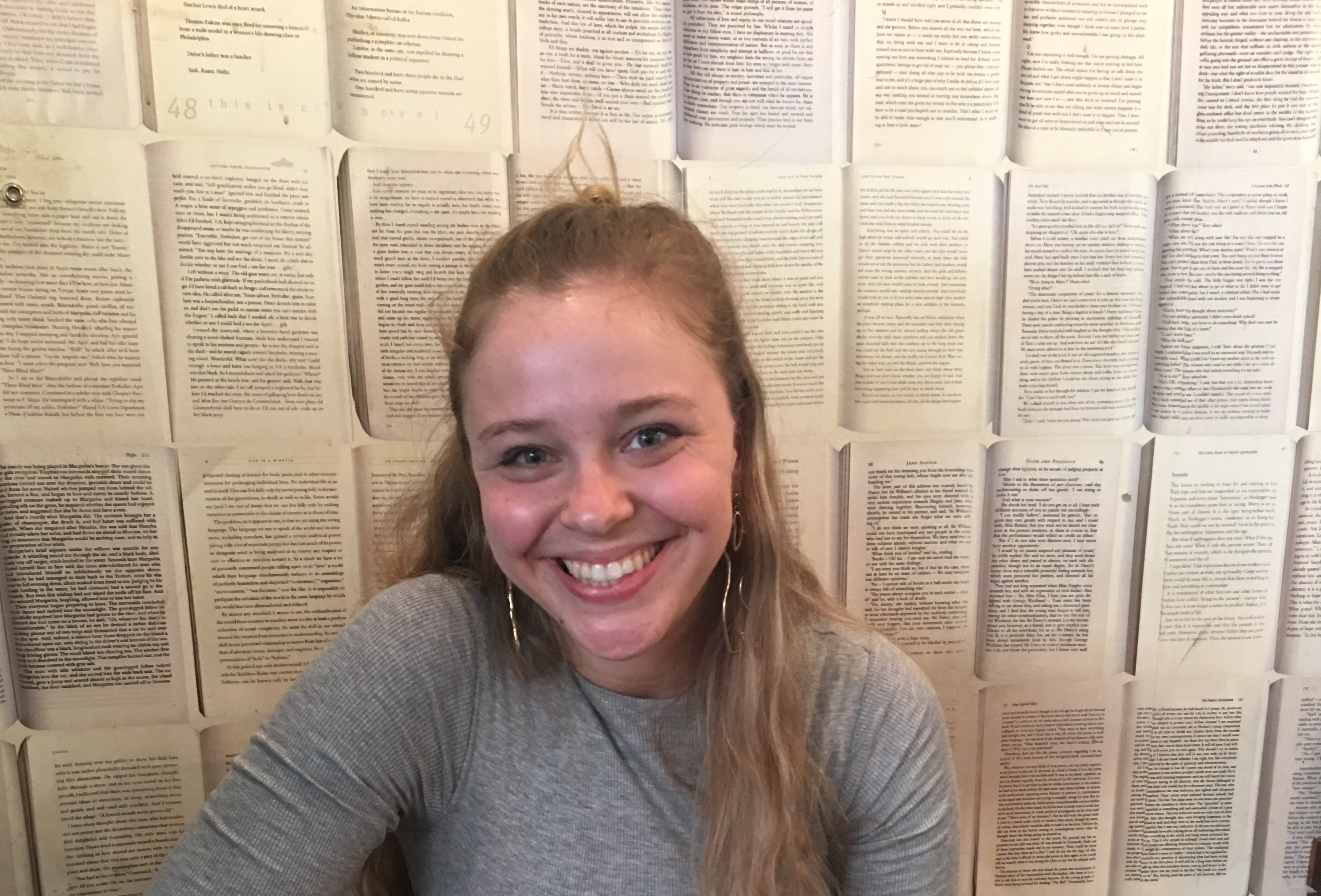
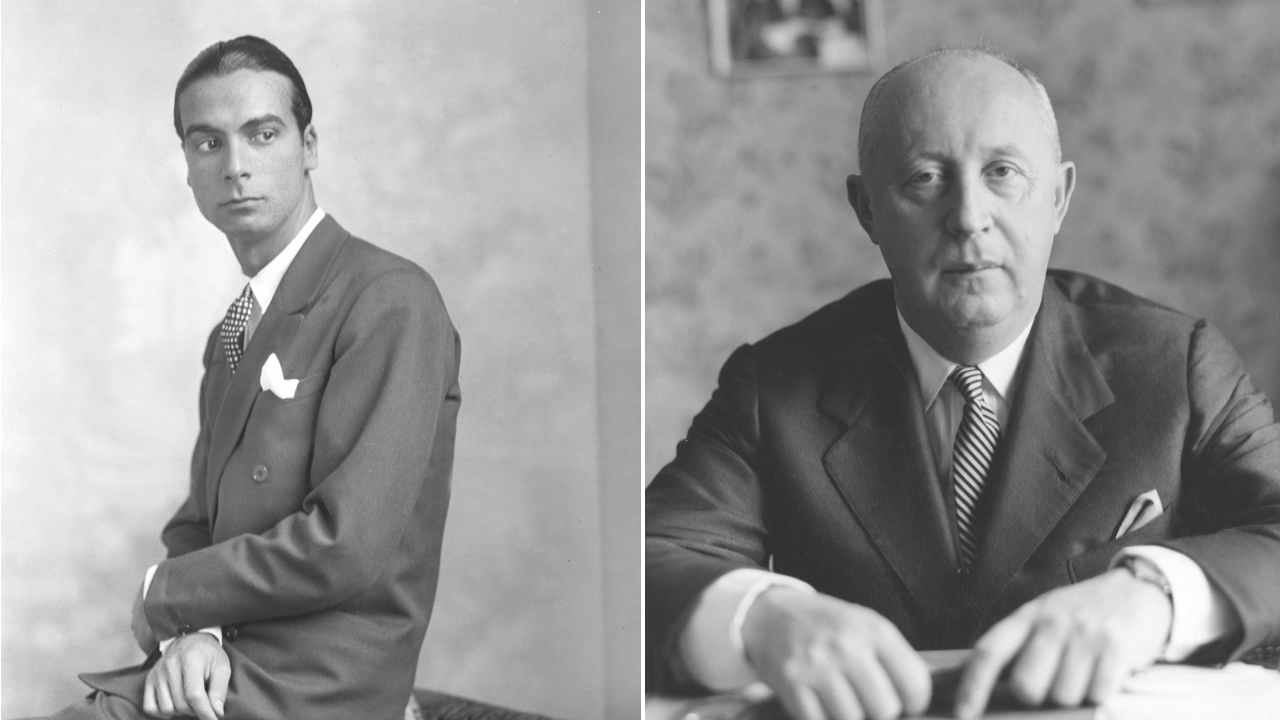
This week, The Museum at FIT opened its latest exhibition, titled “Dior + Balenciaga: The Kings of Couture and Their Legacies,” which celebrates the influences of designers Cristóbal Balenciaga and Christian Dior.
Featuring about 65 garments from FIT’s permanent collection, the exhibit compares and contrasts the work of the two legendary couturiers. It also marks the very first time an exhibit highlights the juxtaposition between the two designers, displaying garments emphasizing the meticulous craftsmanship of their respective ateliers, and their differing, yet equally inventive, construction methods.

“Dior and Balenciaga were not only the most important and influential couturiers of their time, they have also remained very relevant today,” said Patricia Mears, the deputy director and curator of FIT, and curator of the exhibition. “So much so that contemporary fashion designers regularly look to them for inspiration. It is also the reason why curators and historians around the world continue to organize many large-scale exhibitions and produce lavish books celebrating their creations.”
Balenciaga started his couturier in 1937, while Dior began in 1946, and coincidentally, the two renegades launched their first collections at the age of 42. Each ultimately came to represent the pinnacle of luxury dressing, while using different methodologies to create some shockingly similar silhouettes. Reviving both the fashion landscape and France’s crippled economy in the Post-War period, each brought back a decadence to dressing.
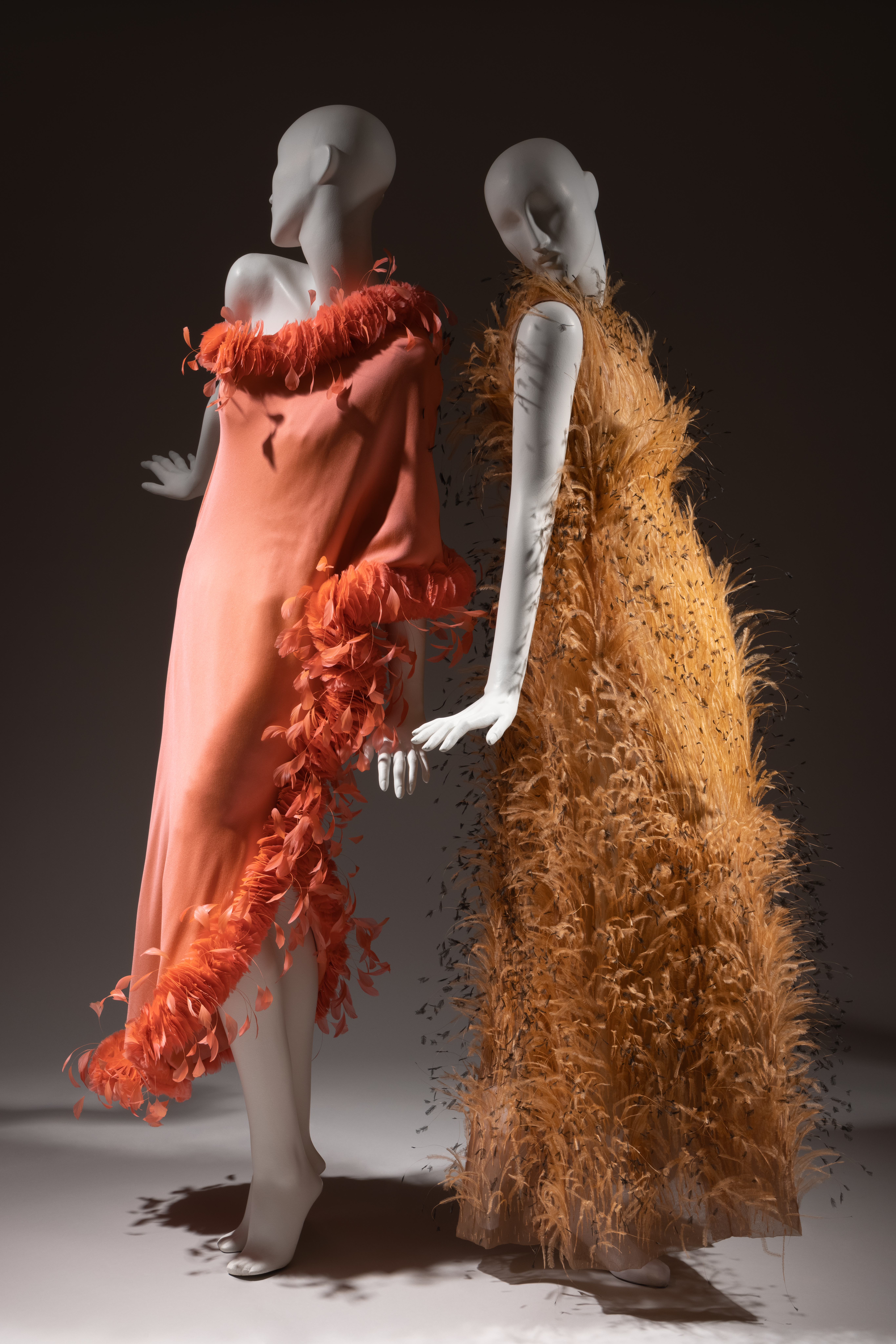
In 1947, Christian Dior’s “New Look” or the Belle Epoque silhouette made a splash with its exaggerated hourglass shape. In response to the rations of the war, Dior celebrated femininity with unabashed opulence. Known for utilizing vast amounts of fabric for his designs, Dior modernized the corseted figure due to his love of illustrating “flower women.” While Monsieur Dior was not a dressmaker himself, he replied upon the skill of his artisans to bring his designs to life. Dior’s “New Look” was such a success, his company accounted for more than half of France’s couture exports during the mid-century.
Balenciaga swiftly gained notoriety as one of the greatest dressmakers in the world. Even Dior referred to his contemporary as “the master of us all.” Growing up in a small fishing village in Spain, Balenciaga began to sew from a young age, even opening his own business early on. Once the Spanish Civil War took hold, Balenciaga moved to Paris, expanding his business and becoming the couturier still hailed for his skills today.
When entering the exhibition, two beige silk evening dresses in coordinating silhouettes are presented next to one another (seen below). The Balenciaga piece weighs in at a mere 2.2 pounds while the Dior garment is at least a whopping 9 pounds, which demonstrates how constructions of similar-looking designs can differ so much.
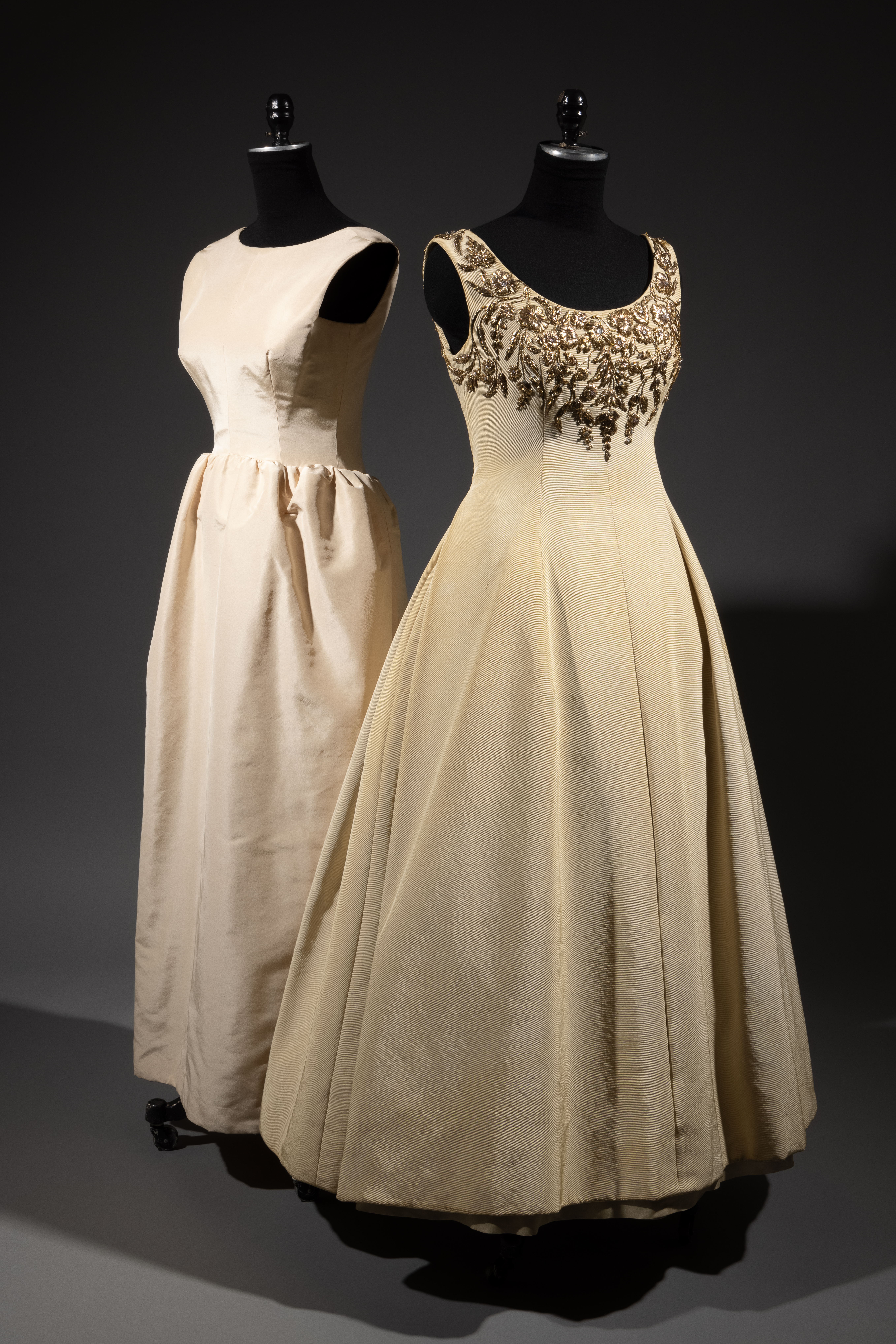
A notable moment within the retrospective comes courtesy of FIT professor Tetuso “Ted” Tamanaha, who provides a virtual lesson (via video screen) of how each designer would have crafted their garments. Tamanaha created three-dimensional renderings of an evening dress by Dior (below) and a “sack dress” by Balenciaga, both from 1957, to serve as an educational component and illustrate the complexities of haute couture construction.
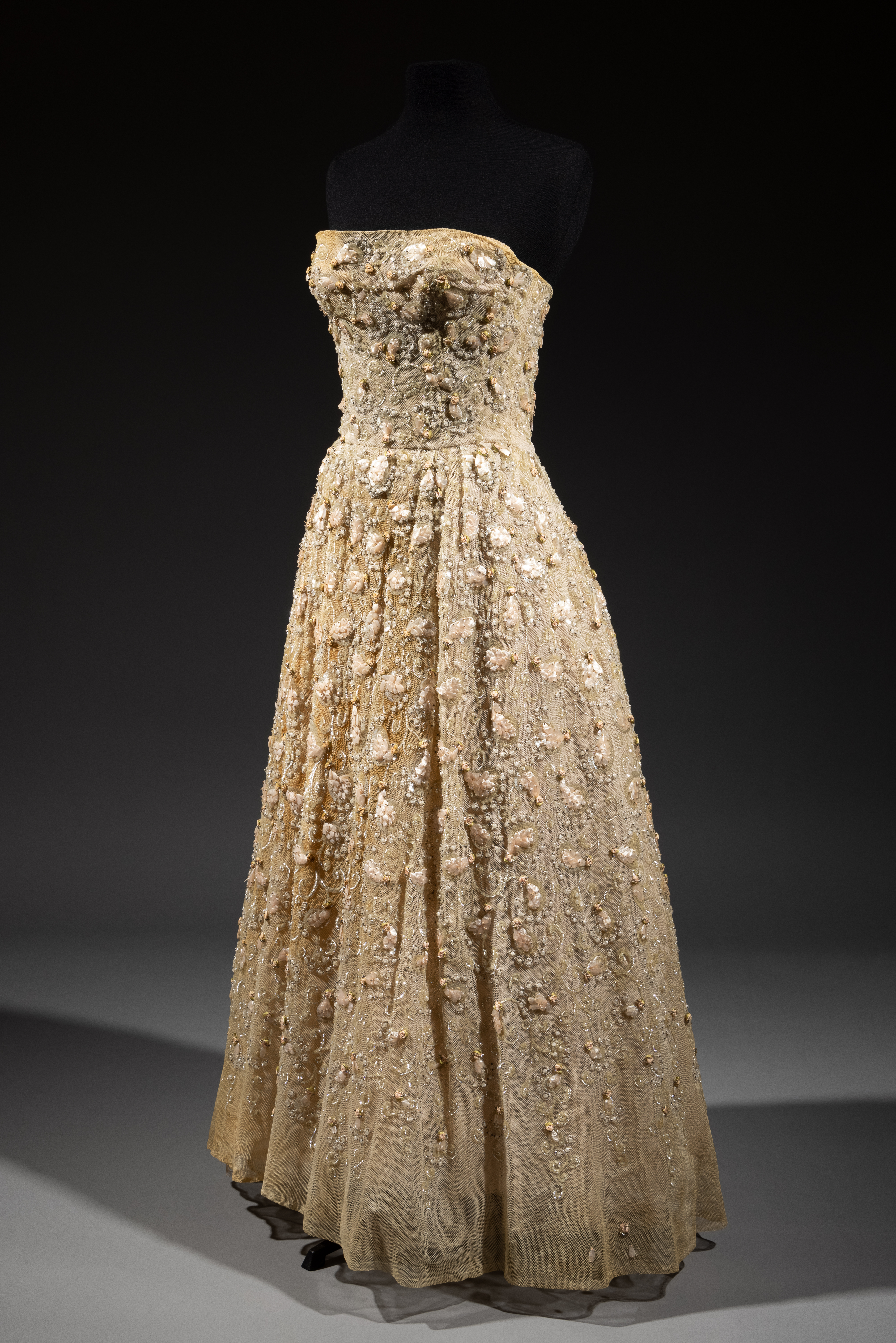
To show just how influential Balenciaga and Dior’s designs were, the exhibit also features works from other designers that have gone on to helm storied French brands, including Balenciaga and Dior, from Marc Bohan, Yves Saint Laurent, John Galliano, Maria Grazia Chiuri, Demna, and Nicolas Ghesquière.
“Dior + Balenciaga: The Kings of Couture and Their Legacies” runs from June 1 to November 6 at The Museum at FIT in New York City and is free and open to the public to enjoy.








